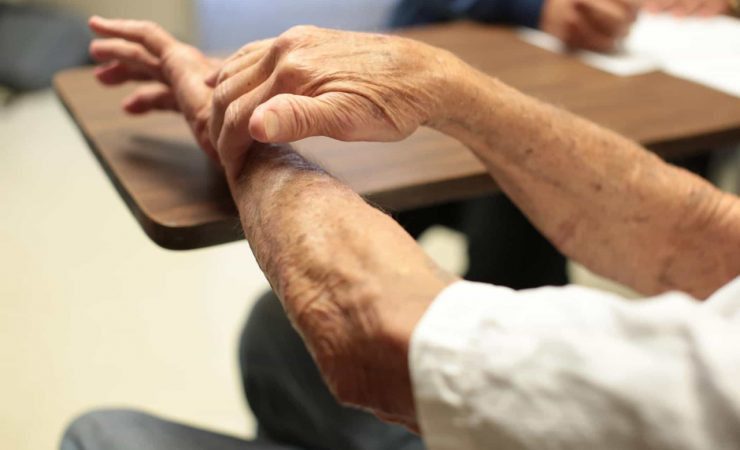Leprosy is a chronic infectious disease caused by the bacteria Mycobacterium leprae. Indonesia is one of the countries with the highest leprosy, 3rd after India and Brazil and the country had 16,856 new cases of leprosy in 2013. In diagnosing leprosy, the physical clinical examination cannot always detect the early phase of the disease. Therefore, we need a diagnostic tool that can detect Mycobacterium leprae infection early so that treatment can be carried out optimally. Saliva contains many proteins and nucleic acid molecules that reflect both physiological and pathological status.
Through saliva, anti-phenolic glycolipid 1 (anti-PGL1) as a specific antibody against PGL1 M. leprae found in the cell wall. Anti-PGL1 is produced as a form of immune response against M. leprae. Individuals with anti-PGL1 positive proved to have six times the risk of developing leprosy. Serological examination with ELISA for the detection of anti-PGL1 is very potential to be used as a tool for early detection of subclinical leprosy (presence of bacilli), these results are useful for monitoring and preventing the possibility of leprosy. Specific keywords search journals and other literature studies. Salivary anti-PGL1 is quite representative for M. leprae infection. Anti-PGL1 examination in saliva can open up the potential for a safe, sensitive, and non-invasive diagnosis of leprosy, especially in endemic areas.
Author: Nastiti Faradilla Ramadhani, drg.
Link: http://connectjournals.com/toc2.php?abstract=3183000H_2963A.pdf&&bookmark=CJ-033216&&issue_id=Supp-01%20&&yaer=2020





